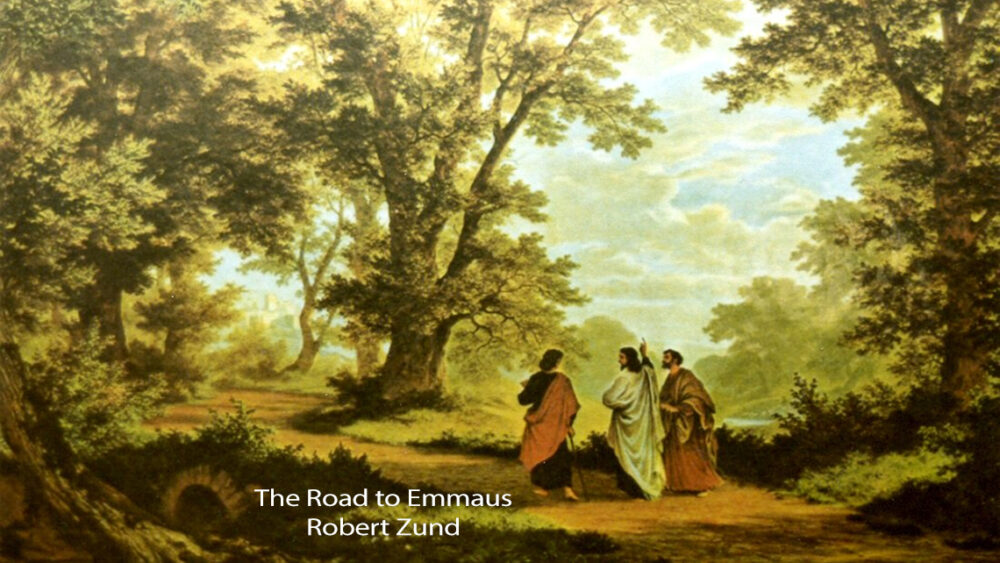Does this go against your theology? See what you think.
Saunders suggests we cure selfishness to attain to the
measure of kindness. We medicate ourselves with art, education, prayer, meditation, and friendship. We abandon the notion that “we are central to the universe.” We fight our Darwinian “built-in confusions,” which “cause us to preference our own needs over the needs of others.” When selfishness is strangled, kindness will flourish.
There is some inherent biblical wisdom in these words. Despite our reflexive megalomania, we are not central to the universe: “In the beginning, God,” Scripture begins—as if anticipating the reminder we would need. Furthermore, the Apostle Paul describes well our “built-in confusions” in Romans 7:15: “For I do not do what I want, but I do the very thing I hate.” And finally, Jesus Christ serves as the example that each of us must look “not only to his own interests, but also to the interests of others,” (Phil. 2:4).
We Christians hold this much in common with Saunders. However, we could not agree with him that our greatest virtue is kindness and our greatest vice selfishness—at least not as he defines them.
To make kindness into an ultimate virtue is to insist that our most important moral obligations are those we owe are to our fellow human beings. Under Saunders’s assumptions, the only plane of human behavior with moral import is the horizontal one: neighbor to neighbor. Sin is exclusively defined as the harm we do to one another.

 We could even say that Israel succumbed to an idea of God that was rather against her natural disposition. Left to themselves, the Israelites would have ended up worshiping the Baals and Asherahs—Canaanite fertility gods and goddesses. Israel’s prophets singled out idolatry for fierce denunciation because its people were constantly tempted to do just that. But Israel’s idea of God’s fatherhood bucked a common trend in the ancient world. Hence, it could not have been an Israelite invention, but rather the result of a long history of living under the revelation of God. It is the church’s continuity with this narrative of Israel that would lead eventually to the uniquely Christian doctrine of God as Father, Son, and Holy Spirit.
We could even say that Israel succumbed to an idea of God that was rather against her natural disposition. Left to themselves, the Israelites would have ended up worshiping the Baals and Asherahs—Canaanite fertility gods and goddesses. Israel’s prophets singled out idolatry for fierce denunciation because its people were constantly tempted to do just that. But Israel’s idea of God’s fatherhood bucked a common trend in the ancient world. Hence, it could not have been an Israelite invention, but rather the result of a long history of living under the revelation of God. It is the church’s continuity with this narrative of Israel that would lead eventually to the uniquely Christian doctrine of God as Father, Son, and Holy Spirit.